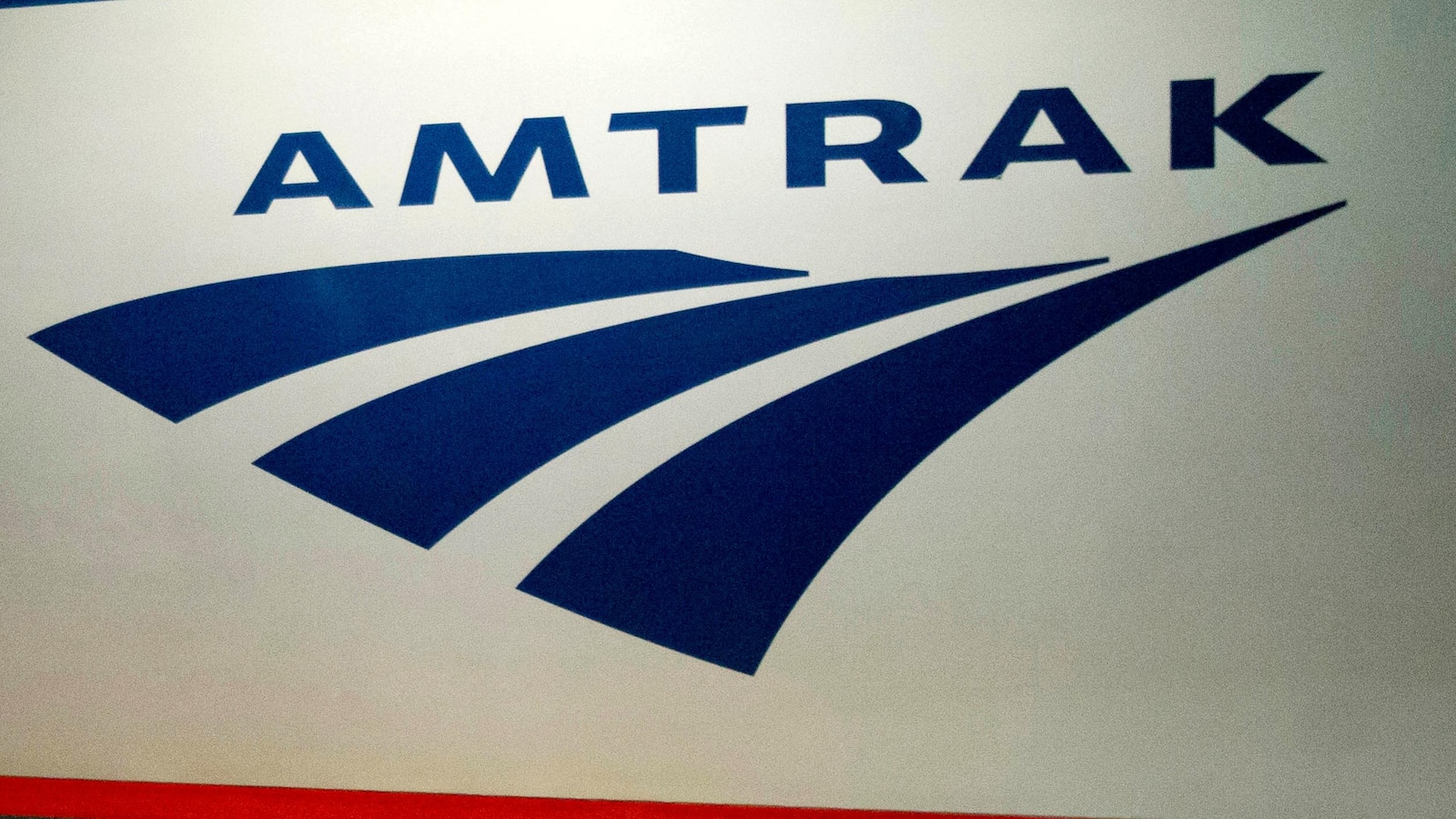
A new study shows that FDA-approved oral migraine drug atogepant is effective for relieving difficult-to-treat “medication overuse headaches” that are the result of using too much of other pain relieving medications. However, patients often have to jump through hoops to get it covered by their insurance company.
Migraines affect nearly one in eight adults in the U.S. Migraines are also the leading cause of disability in adults under 50 years of age. in the United States. This high number underscores the need for better treatments for people with migraines.
Atogepant, marketed under the brand Qulipta by the company AbbVie, is part of a new class of migraine medications known as CGRP inhibitors, so named because they block a protein called calcitonin gene-related peptide (CGRP), which has been found to be a cause of migraines.
Qulipta is one of only two FDA-approved CGRP inhibitors taken as a pill for the prevention of migraine headaches, the other being rimegepant, marketed as Nurtec by Pfizer. All other drugs in this class used for migraine prevention are injectables.
The American Headache Society’s (AHS) recently released a position statement says that CGRP inhibitors should be the first treatment a doctor prescribes for migraines. But Insurance companies often require patients to go through a process known as “step therapy” where they have to try less expensive interventions before they can get access to Qulipta or one of the other CGRP inhibitors.
“CGRP-targeting therapies, unlike most other migraine treatments that were “borrowed” from other indications like antidepressants, blood pressure medications or seizure medications, were developed specifically to treat migraines based upon a solid foundation of evidence,” according to Dr. Andrew Charles, professor of Neurology at UCLA and lead author of the American Headache Society’s position statement.
Step therapy requires patients to try a series of cheaper drugs first, even if they are less efficient and cause more side effects, before they are approved to receive one of the newer treatments. The goal of step therapy is to control costs, but it can also end up delaying proper treatment and patients often find it frustrating and time-consuming because they must needlessly go through several medications before they can get ones that work.
“Step therapy, or fail first requirement, is a no-win situation for people like me living with migraines. For me, using medications that were known to be less effective delayed necessary treatment, and led to worsening disability and chronification of my migraine disease,” says Nancy Harris Bonk, a migraine patient and advocate.
Congress has proposed a bill potentially banning step therapy when it is unsafe, which its often the case for migraine patients.
“It is no surprise that medication costs are a barrier for patients to access these treatments despite this position paper, and a major goal for all of us is to reduce drug costs for patients and the system,” Dr. Matthew Robbins, associate professor of neurology at Weill Cornell and president-elect of the AHS, told ABC News. “However, our primary goal is always to get the right treatments to the right patients, so we are hopeful that the position statement will move along insurance companies, pharmacy benefit managers, and other systems of care to improve access in addition to cost reductions for these medications.”
For example, AbbVie offers a program to help with the expense of the Qulipta by providing a savings card and patient assistance program that can reduce out-of-pocket costs for eligible patients, including those on Medicare and Medicaid.
Pfizer, the makers of Nurtec, offer a similar savings and assistance program but only for those on private insurance plans. People on Medicare and other government-funded insurance may wind up paying high out-of-pocket costs.
“Many patients and healthcare providers are not aware of the patient assistance program offered by Abbvie or other companies. Additionally, pharmacies often do not accept co-pay cards or coupons offered by the manufacturer, which leaves many patients without access to necessary medications,” said Dr. Hida Nierenburg, a board-certified neurologist and headache specialist at Nuvance Health.
“Although they are expensive, some insurers are now acknowledging that the overwhelming evidence supporting their efficacy, tolerability, and safety warrants consideration as a first line treatment for the prevention of migraine” says, Dr. Charles.
Keerthana Kumar, MD, MPH, a licensed and practicing headache specialist at Nuvance Health/Vassar Brothers Medical Center, is a member of the ABC News Medical Unit.
Migraines are a common and debilitating neurological condition that affects millions of people worldwide. For those who suffer from chronic migraines, finding effective medication to prevent and treat these severe headaches is crucial for maintaining a good quality of life. However, accessing top migraine medication can often be a challenge due to a variety of factors.
One of the main challenges in accessing top migraine medication is the high cost associated with many of these drugs. Some of the most effective migraine medications, such as triptans and CGRP inhibitors, can be very expensive and may not be covered by insurance. This can make it difficult for patients to afford the medication they need to manage their migraines effectively.
Another challenge is the limited availability of certain migraine medications. Some drugs may only be available in certain countries or regions, making it difficult for patients to access them if they do not live in the right location. Additionally, some medications may be in short supply due to manufacturing issues or other factors, further limiting access for those who need them.
In addition to these challenges, some patients may also struggle to access top migraine medication due to restrictions imposed by healthcare providers or insurance companies. Some providers may require patients to try multiple other medications before they can access the one that works best for them, which can be frustrating and time-consuming for those who are in need of immediate relief.
For those who suffer from drug-induced headaches, accessing top migraine medication can be even more challenging. Drug-induced headaches can occur as a result of overuse of medication, such as painkillers or migraine medications themselves. In these cases, finding effective treatment options can be difficult, as many traditional migraine medications may actually exacerbate the problem.
Despite these challenges, there are steps that patients can take to improve their access to top migraine medication. Working closely with a healthcare provider to develop a personalized treatment plan is essential, as they can help navigate insurance coverage and find alternative options if necessary. Additionally, exploring patient assistance programs or discount cards offered by pharmaceutical companies can help offset the cost of expensive medications.
Overall, accessing top migraine medication for preventing migraines and treating drug-induced headaches can be a complex and frustrating process. However, with persistence and support from healthcare providers, patients can overcome these challenges and find the relief they need to manage their condition effectively.


